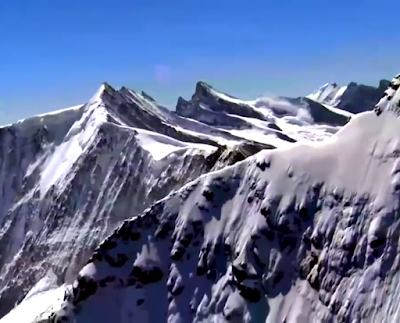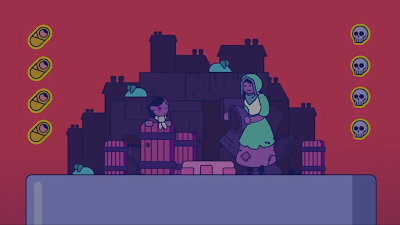Virtual reality
Today virtual reality (VR) is implemented using computer technology such as headsets, omni-directional treadmills and special gloves to create an illusion of reality. But the question is what is virtual reality?
Virtual reality is a creation of an unreal world to our senses which is basically a virtual, three dimensional, computer generated environment. The person becomes the part of the virtual world as by just wearing the VR in such a sense that he/she is able to manipulate objects or perform a series of actions.
Why virtual reality
Virtual reality could led us to explore new discoveries in the area which impact on our day to day lives. It can help us to train for dangerous professions and can avoid the risk of life in training from fighter pilots to medical application trainee surgeon, virtual reality allows us to take virtual risk in order to gain real world experience. As the cost of virtual reality goes down and it becomes mainstream, we can expect more uses such as education or productivity applications to come in foreground.
Virtual reality and augmented reality could change the way we interface with our digital technologies while continues to humanise our technology.
Problems
This is more difficult than it sounds,since our senses and brains are evolved to provide us with a finely synchronised and mediated experience. If anything is even a little off we can usually tell. Immersiveness and realism are the issues that makes the enjoyable experience as the unpleasent ones. Virtual reality technology needs to take our physiology into account otherwise it could in severe cases lead to motion sickness which happens in boat or while reading in the car. If in the production of VR gets all right in sense of combination of hardware, software and sensory synchronicity all things would be O.K.
Augmented Reality
Imagine seeing an object that you can see but can not touch or we can say partially tangible. Augmented reality (AR) is a technology that is trending but it's been around in some form for years, if our definition is loose. For example, the overhead displays in many fighter aircraft in the 1990s would show information about the altitude, direction and speed of the plane, but now they show which objects in the field of view are targets.
In the past several years various organisations had tried and are trying to build devices that give us augmented reality. In 2009, the MIT media lab's fluid interfaces group presented sixth sense, a device that combined the use of camera, a small projector, a smartphone and a mirror, which hung from the users neck down the chest. The sensors on the user's fingers manipulate the images projected on to any surface without requiring the visual screen.
The future of augmented reality
There is lot of work beings done on augmented reality. One such device is earbuds, which allow us to adjust the sounds that comes in from our surroundings. Research continues apace on including AR functionality in contact lenses and other wearable devices that would operate by themselves. The ultimate goal of augmented reality is to create a convenient and natural immersion, so that there wont be any need for phones or tablets. It isn't clear what those replacement will be. Even classes might take a new form, as "smart classes" are being developed for the blind people.
AR vs VR
AR is different from VR. VR means computer generated environment for us to interact with, as we immerse in it. AR, adds to the reality we normally see rather than replace it.
Google glass is an example of AR not launched yet but is impressive as it has a projector to see movies and videos which accepts the users voice commands in daily use.
In apps examples are that of cities technologies stars app, in it we could point camera to any star and planets to check its name as per the publisher of that app. Layar is an app to find and collect information about nearby surroundings. Disney research has also developed an app which is basically a coloring book which is based on AR.


















































